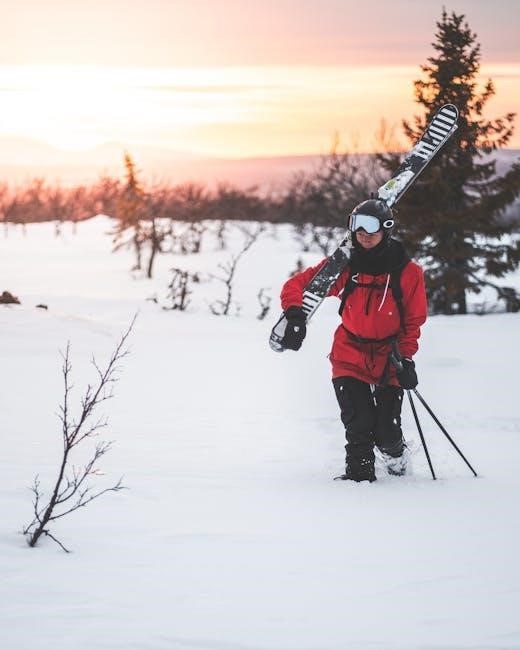
Choosing the right ski size is crucial for performance and enjoyment; Modern skis require a nuanced approach, considering factors beyond just height. This guide helps navigate complexities, ensuring optimal comfort and performance on the slopes for all skiers.
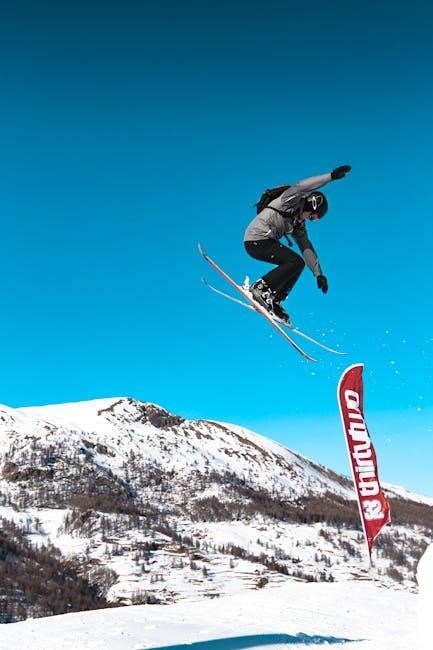
Selecting the correct ski size is a pivotal step towards enhancing both performance and enjoyment on the slopes. As ski technology continually evolves, so does the science behind ski sizing. Gone are the days when simply matching a ski’s height to your own sufficed. Modern ski design necessitates a more comprehensive understanding of various factors that influence a ski’s behavior and suitability.
This guide aims to demystify the ski sizing process, providing you with the knowledge to make informed decisions. We will explore the key elements that contribute to finding your ideal ski length, taking into account individual characteristics, skill level, and preferred terrain. Whether you are a beginner embarking on your first snow adventure or an experienced skier seeking to optimize your equipment, understanding the principles of ski sizing is essential. By considering height, weight, ability, and skiing style, you can unlock a more rewarding and enjoyable experience on the mountain. Get ready to discover the perfect fit for your skiing needs!
Why Correct Ski Size Matters
Choosing the right ski size transcends mere preference; it’s a critical element influencing your control, stability, and overall enjoyment on the mountain. Skis that are too long can be unwieldy, making turning difficult and hindering progression, especially for beginners. Conversely, skis that are too short may lack stability at higher speeds, leaving you feeling insecure and vulnerable.
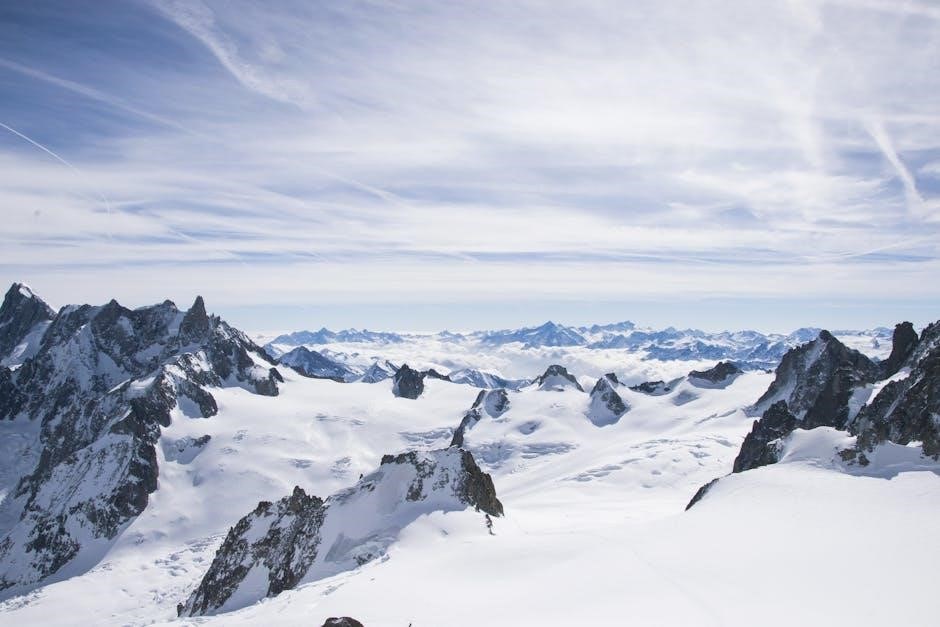
Correctly sized skis enable efficient energy transfer, allowing you to carve turns with precision and maintain control in varying snow conditions. They optimize floatation in powder, ensuring a smooth and effortless ride. Furthermore, appropriate ski length contributes to reduced fatigue, allowing you to ski longer and more comfortably throughout the day; Investing the time to find the right ski size is an investment in your safety, skill development, and overall satisfaction. Ultimately, the correct ski size empowers you to confidently explore the mountain and unlock your full potential as a skier. Prioritize proper fit, and experience the difference it makes!
Factors Influencing Ski Size
Determining the ideal ski size involves considering a multitude of interconnected factors, moving beyond simple height-based estimations. While height provides a starting point, weight plays a crucial role; heavier skiers generally require longer skis for increased stability and floatation, while lighter skiers may prefer shorter skis for enhanced maneuverability. Ability level significantly impacts ski size selection; beginners often benefit from shorter, more manageable skis, while advanced skiers may opt for longer skis to maximize stability at high speeds and in challenging terrain.
Skiing style and terrain preferences further influence the optimal ski length. All-mountain skiers seeking versatility may choose a mid-length ski, while powder enthusiasts typically prefer longer, wider skis for superior float in deep snow. Additionally, ski construction, including rocker and camber profiles, affects how a ski interacts with the snow, necessitating adjustments to overall length. Personal preference also holds weight; some skiers prioritize agility and quick turns, while others value stability and confident carving. Balancing these elements is key to finding the perfect ski size.
Height and Weight Considerations
While the old adage of simply matching ski length to your height is outdated, it still serves as a reasonable starting point. Generally, taller individuals will require longer skis to maintain stability and control, while shorter individuals may find shorter skis easier to maneuver. However, weight is arguably a more critical factor in determining the appropriate ski size. A heavier skier will exert more force on the ski, requiring a longer ski to provide adequate support and prevent excessive sinking in softer snow conditions. Conversely, a lighter skier might find longer skis cumbersome and difficult to control, opting instead for a shorter, more responsive ski.
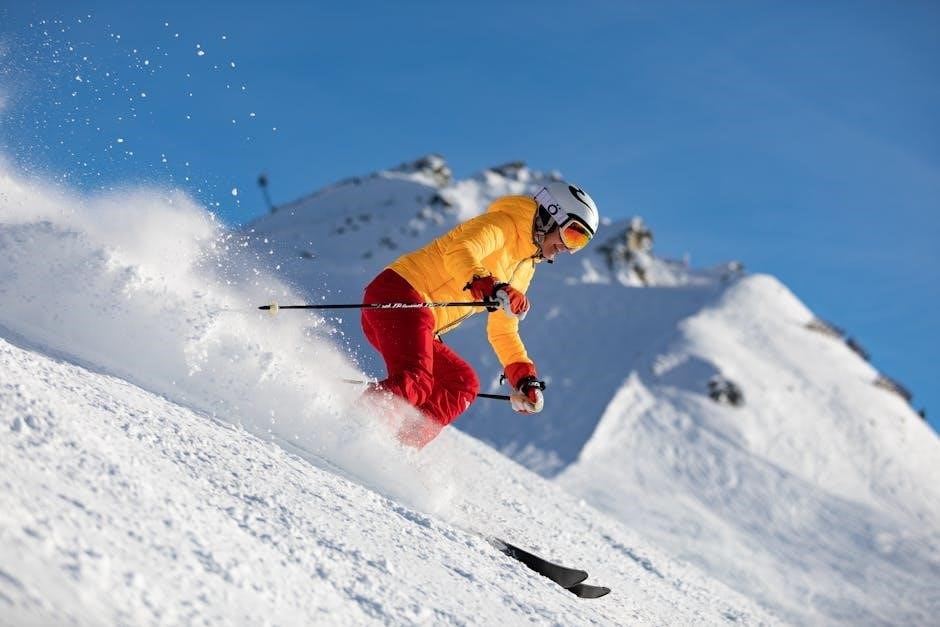
Therefore, it’s essential to consider the interplay between height and weight when selecting ski length. Use height as an initial guide, but fine-tune your choice based on your weight to ensure optimal performance and enjoyment on the slopes. Ski size charts often provide a range of recommended lengths based on both height and weight, offering a more personalized starting point.
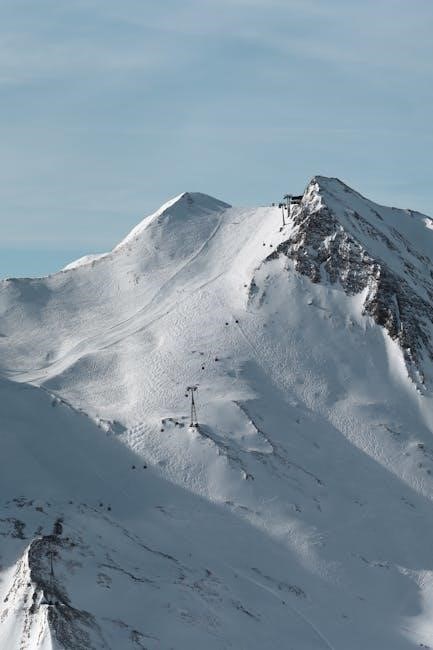
Ability Level Impact on Ski Size
Your skiing ability plays a significant role in determining the ideal ski length. Beginners typically benefit from shorter skis, which are easier to control and maneuver, allowing for quicker turns and a more forgiving experience as they learn the fundamentals. Shorter skis require less effort to initiate turns, making them ideal for developing basic skills and building confidence on the slopes. Intermediate skiers, having mastered the fundamentals, can transition to slightly longer skis that offer increased stability at higher speeds and in varied terrain. These skis provide a balance between maneuverability and stability, allowing skiers to explore more challenging runs and refine their technique.
Advanced and expert skiers often prefer longer skis, which provide maximum stability and edge hold at high speeds and in steep terrain. Longer skis allow for powerful carving turns and provide the necessary floatation in deep snow conditions; However, longer skis require more strength and precision to control, making them less suitable for beginners. It’s crucial to honestly assess your ability level and choose a ski length that matches your current skill set and skiing style.
Skiing Style and Terrain Preferences
Your preferred skiing style and the type of terrain you typically ski on also greatly influence the ideal ski length. Skiers who primarily enjoy groomed runs and carving turns often prefer shorter skis, which are more responsive and easier to maneuver on hardpacked snow; A shorter ski allows for quicker edge-to-edge transitions and tighter turns, enhancing the carving experience. Conversely, skiers who frequently venture off-piste into powder or variable snow conditions generally benefit from longer skis, which provide increased floatation and stability in softer snow. Longer skis distribute weight more evenly across the snow surface, preventing the skis from sinking and allowing for a smoother ride.
For those who enjoy a mix of on-piste and off-piste skiing, an all-mountain ski with a moderate length is often the best choice. These skis offer a balance between maneuverability and stability, allowing skiers to adapt to different snow conditions and terrain types. Freestyle skiers who spend time in the terrain park often prefer shorter skis for enhanced maneuverability and control during jumps and tricks. Ultimately, the ideal ski length should complement your individual skiing style and the specific terrain you enjoy most.
Ski Size Chart and Calculator
To simplify the process of finding the right ski size, ski size charts and calculators are invaluable tools. A ski size chart typically presents a range of recommended ski lengths based on your height, weight, and ability level. These charts provide a general guideline to help you narrow down your options.
Ski size calculators take this a step further by incorporating additional factors such as skiing style and terrain preference. By inputting your specific details, the calculator provides a more personalized ski length recommendation. Both the ski size chart and the calculator serve as excellent starting points in your quest for the perfect ski size. However, it’s important to remember that these tools are not definitive and should be used in conjunction with other considerations such as personal preference and ski characteristics. Experimenting with different lengths within the recommended range is often necessary to find the ideal fit for your individual needs.
Understanding the Ski Size Chart
Ski size charts are essential tools for determining the appropriate ski length. These charts typically present a range of ski lengths correlated with a skier’s height and weight. To effectively utilize a ski size chart, accurately measure your height and weight. Locate the corresponding range on the chart, which will provide a starting point for your ski length selection.
Keep in mind that the chart provides a general recommendation. Your ability level also plays a crucial role. Beginners might opt for the shorter end of the range for easier control, while advanced skiers may prefer longer skis for stability at higher speeds. The chart doesn’t account for skiing style or terrain preference, so further adjustments might be necessary based on your individual needs. Always consider the chart as a guideline and not a definitive answer, and factor in other aspects to find the perfect fit.
Using the Ski Size Calculator
Ski size calculators are valuable online tools designed to help you determine the ideal ski length based on various factors. These calculators typically require you to input information such as your height, weight, ability level, and preferred skiing style. The calculator then uses a proprietary algorithm to process this data and provide a recommended ski length range.
The advantage of using a ski size calculator is that it considers multiple factors simultaneously, offering a more personalized recommendation than a simple chart. However, it is important to remember that a calculator is still just a tool. The accuracy of the recommendation depends on the accuracy of the information you provide. Be honest about your ability level and skiing style for the most reliable result. After receiving the recommendation, consider your personal preferences and the type of terrain you typically ski on. Adjust the recommended length accordingly to find the perfect skis.
Ski Length Recommendations Based on Ability
A skier’s ability level is a primary factor in determining appropriate ski length. Beginners benefit from shorter skis, enhancing control and ease of turning. Shorter skis are more manageable at slower speeds, making the learning process smoother. As skiers progress to the intermediate level, a slightly longer ski provides increased stability and allows for higher speeds.
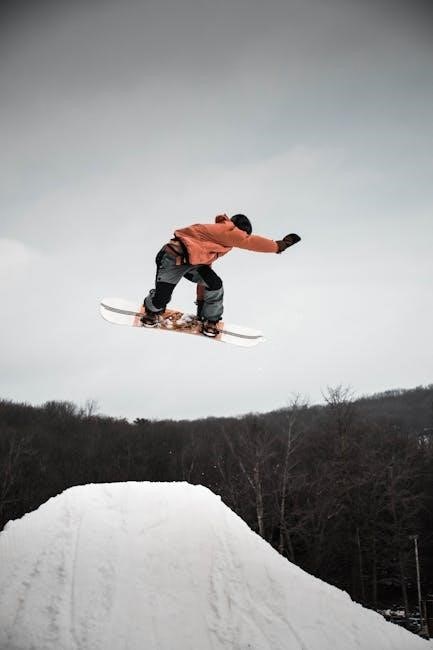
Intermediate skiers can explore varied terrain with more confidence using skis that offer a balance between maneuverability and stability. Advanced and expert skiers typically prefer longer skis, which provide optimal stability at high speeds and in challenging conditions. Longer skis also offer better floatation in powder and allow for more aggressive carving. Ultimately, selecting the right ski length based on ability enhances performance and enjoyment on the mountain. Experimentation is encouraged to find the perfect fit.
Beginner Skiers
For beginner skiers, selecting the appropriate ski length is crucial for a positive learning experience. Shorter skis are generally recommended, as they offer enhanced control and maneuverability. These skis are easier to turn and manage at slower speeds, allowing beginners to focus on developing fundamental skills. A shorter ski length reduces the effort required to initiate turns, making it less tiring for new skiers.
Typically, beginner skis should reach somewhere between the chin and the nose. However, it’s essential to consider individual height and weight. Lighter beginners may opt for skis closer to their chin, while heavier beginners might prefer skis closer to their nose. Choosing the right length ensures greater confidence and accelerates the learning curve.
Intermediate Skiers
Intermediate skiers, having mastered the basics, can begin to explore longer ski lengths for increased stability and performance. As skill level increases, skiers often seek skis that offer better control at higher speeds and in varied terrain. For intermediate skiers, a ski length that reaches between the nose and forehead is generally appropriate.
The precise length depends on several factors, including weight, skiing style, and preferred terrain. Heavier skiers might benefit from slightly longer skis for added stability, while lighter skiers could opt for shorter skis for enhanced maneuverability. Intermediate skiers who enjoy groomed runs might prefer shorter skis, while those venturing into off-piste conditions may find longer skis more suitable. Experimentation within this range can lead to discovering the ideal length.
Advanced Skiers
Advanced skiers require skis that offer optimal performance for aggressive skiing styles and challenging terrains. Typically, advanced skiers will choose ski lengths that are at or even slightly above their height, providing superior stability at high speeds and enhanced floatation in deep snow. A longer ski allows for powerful turns and confident descents on steep slopes.
However, the exact length depends on the skier’s weight, preferred skiing style, and typical terrain. Skiers who frequently tackle powder or off-piste conditions might opt for longer skis to maximize floatation. Those who prefer carving on groomed runs may choose a length closer to their height for increased agility. Advanced skiers should experiment within a range to find the perfect balance between stability and maneuverability for their specific needs. Personal preference plays a significant role in this decision.
Ski Length Recommendations Based on Terrain
The type of terrain significantly influences the ideal ski length. Different snow conditions and slope characteristics demand specific ski designs, impacting the recommended length. For instance, skis designed for groomed runs prioritize edge hold and quick turning, often requiring shorter lengths for enhanced maneuverability. Conversely, skis intended for powder necessitate greater surface area for floatation, leading to longer length recommendations. All-mountain skis aim for versatility, striking a balance with moderate lengths.
Consider your primary skiing environment when choosing ski length. If you spend most of your time on hardpack, a shorter ski will be easier to control. For deep snow adventures, a longer ski will prevent sinking. Evaluate your skiing style and the terrain you frequent to determine the most appropriate length for optimal performance and enjoyment. A well-matched ski length enhances control, stability, and overall skiing experience.
All-Mountain Skis
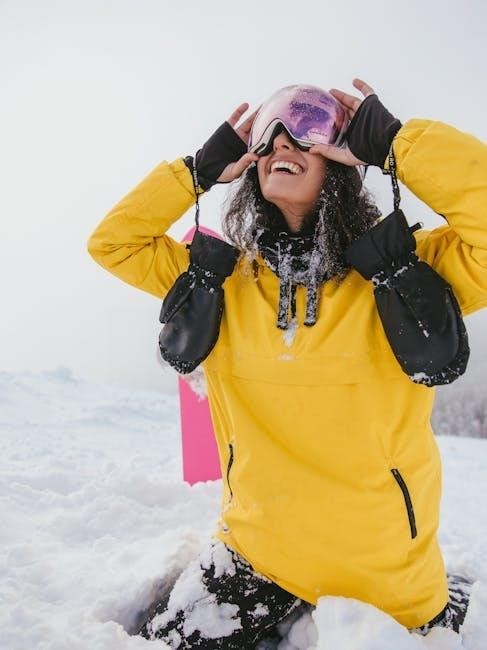
All-mountain skis are designed to perform adequately across various snow conditions and terrains, making them a versatile choice for skiers who frequent different parts of the mountain. The ideal length for all-mountain skis typically falls within the range of your chin to the top of your head. However, several factors can influence the specific length you choose within this range.
Consider your weight and ability level. Heavier skiers or those with advanced skills may prefer slightly longer all-mountain skis for increased stability at higher speeds and in variable snow. Lighter skiers or beginners might opt for shorter skis for easier maneuverability and control. The rocker profile of the ski also plays a role; skis with significant rocker may require a slightly longer length to maintain effective edge contact. Ultimately, personal preference and skiing style should guide your final decision.
Powder Skis
Powder skis are specifically designed for deep, soft snow conditions, prioritizing floatation and maneuverability in these challenging environments. Typically, powder skis are sized longer than all-mountain skis to maximize surface area and prevent sinking. A general guideline suggests adding 5 to 10 cm to your usual all-mountain ski length when selecting powder skis. However, several factors warrant consideration.
Your weight significantly impacts the optimal length. Heavier skiers require more surface area to stay afloat, necessitating longer skis. Skiing style also plays a role; aggressive skiers who charge through powder may prefer longer skis for increased stability, while playful skiers who enjoy quick turns might opt for slightly shorter skis for enhanced maneuverability. Rocker profile is crucial too, skis with extensive rocker can be sized slightly shorter.
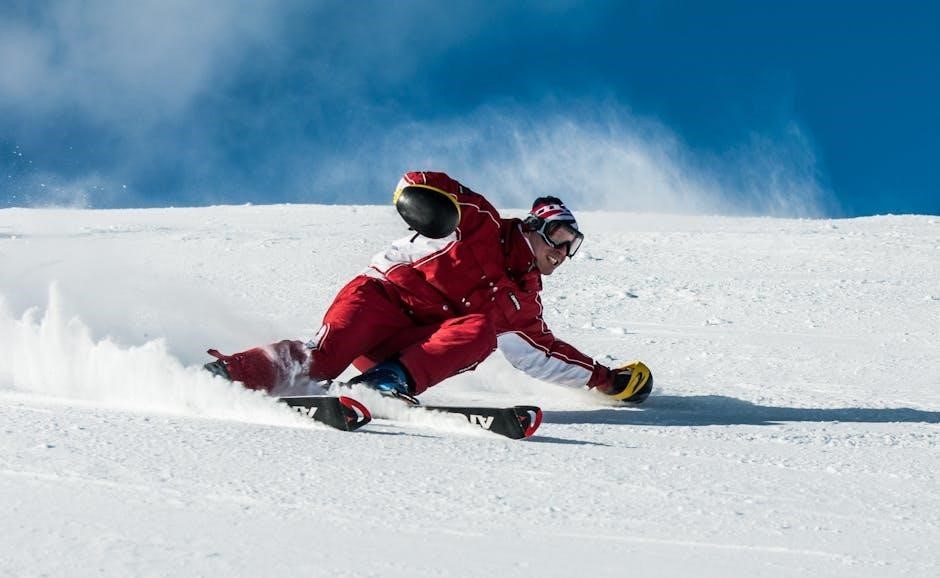
Park and Freestyle Skis
Park and freestyle skis are designed for performing tricks, jumps, and rails in terrain parks and freestyle environments. These skis prioritize maneuverability, swing weight, and forgiveness, often leading to a shorter length selection compared to all-mountain or powder skis. Generally, park and freestyle skis are sized between chin and nose height. However, several factors influence the ideal length.
A skier’s height and weight provide a starting point. Lighter skiers may prefer shorter skis for easier rotations and control, while heavier skiers might benefit from slightly longer skis for added stability on landings. Skill level also matters; beginners in the park may opt for shorter skis for increased manageability, while advanced riders might choose slightly longer skis for enhanced stability and control on larger features.
Personal preference and the type of features you typically ride are also important.
Special Considerations
When selecting ski sizes, certain groups require specific attention. Women and children often benefit from tailored approaches due to differences in physiology and skill development. Traditionally, women’s skis were shorter and softer. However, the industry is evolving towards weight-based designs rather than strict gender-specific models. Focus on individual characteristics rather than gender alone. For kids, choosing the right ski size is crucial for safety, enjoyment, and skill development.
Weight is also important. Heavier skiers generally need longer skis for better stability and float. Lighter skiers might prefer shorter skis for easier maneuverability. As children approach adult sizes, consider youth or small adult skis based on size, skill, and style, not just age. These special considerations ensure optimal performance and safety for all skiers, regardless of gender or age.
Ultimately, the best ski size is one that feels comfortable and performs well for the individual.
Women’s Skis Sizing
Traditionally, women’s skis were often designed shorter and with a softer flex compared to unisex or men’s models. This was based on the assumption that women, on average, are lighter and have a different center of gravity. However, modern ski design is moving towards a more nuanced approach. The focus is shifting from rigid gender distinctions to weight-based designs and individual skiing styles.
While some skis are still marketed specifically as “women’s skis,” the key difference often lies in the mounting point, which may be slightly forward to accommodate a woman’s typically lower center of gravity. The flex pattern might also be softer for easier turn initiation. It’s crucial to consider your weight, ability level, and preferred terrain when choosing a ski, regardless of whether it’s labeled as a women’s ski.
Don’t solely rely on the “women’s” label. Evaluate the ski’s specifications and how they align with your individual needs and preferences for the best fit.
Kids Ski Sizing
Selecting the appropriate ski size for children is paramount for their safety, enjoyment, and skill development on the slopes. Unlike adult sizing, where performance considerations often outweigh ease of use, kids’ skis should prioritize manageability and control. The primary goal is to foster confidence and allow them to learn proper technique without struggling with overly long or stiff skis.
When sizing skis for children, height is a good starting point, but weight and ability are equally important. Beginner skiers should typically have skis that reach somewhere between their chest and chin. More advanced young skiers might benefit from slightly longer skis, reaching up to their nose, providing more stability at higher speeds.
Avoid the temptation to buy skis that are too long, thinking the child will “grow into them.” This can hinder their progress and make skiing frustrating. As children approach adult sizes, transition to youth or small adult skis based on size, skill, and style, not just age.
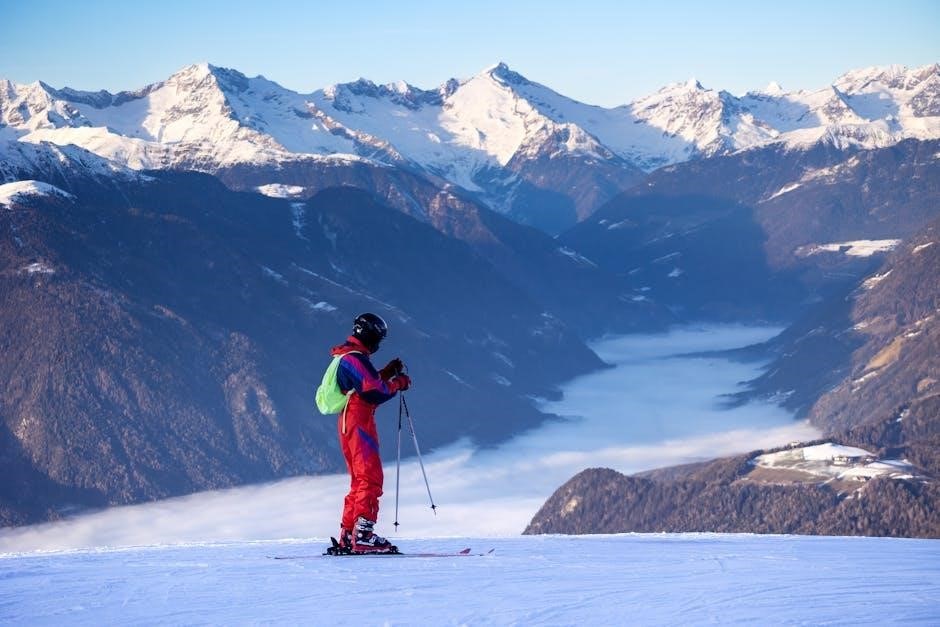
Rocker and Camber Effects on Ski Size
The profile of a ski, specifically the presence and extent of rocker and camber, significantly impacts how it feels and performs on the snow, and therefore, the ideal ski size. Rocker refers to the upward curve of the ski tip and tail, while camber is the slight arch in the middle of the ski when laid flat.
Skis with significant rocker, often called “early rise,” have a shorter effective edge in contact with the snow. This makes them easier to turn and more forgiving, but can sacrifice stability at high speeds. As a general rule, skiers using heavily rockered skis may want to consider sizing up slightly to compensate for the reduced effective edge.
Conversely, skis with traditional camber have a longer effective edge, providing more stability and edge hold, particularly on hardpack snow. These skis may feel longer and more powerful, so skiers might size down a bit. Understanding how rocker and camber affect a ski’s performance is crucial for determining the right size.
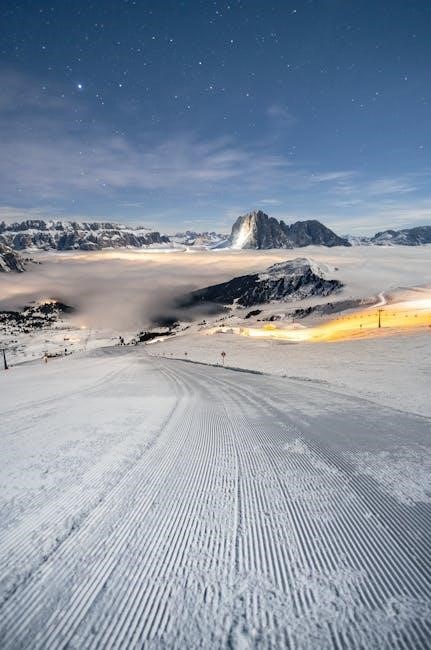
When to Reassess Your Ski Size
Ski size isn’t a one-time decision; it’s something you should revisit periodically. Several factors can warrant reassessing your ski size to ensure you’re still using the most appropriate equipment for your needs and abilities.
A significant improvement in your skiing ability is a key indicator. As you progress from a beginner to an intermediate or advanced skier, your technique and speed will increase, potentially requiring longer skis for enhanced stability and performance. Similarly, a major change in your weight, whether gain or loss, can affect how a ski performs for you.
Switching to a drastically different skiing style or terrain preference also calls for a reassessment. Transitioning from groomed runs to off-piste powder skiing will likely necessitate longer and wider skis. Ultimately, if you notice a decline in performance or comfort, it’s time to re-evaluate your ski size.
Selecting the ideal ski length is a blend of art and science. Charts and guidelines offer a solid starting point, but your perfect fit depends on physical factors, skiing style, and personal preference. Don’t hesitate to experiment with different lengths to find what feels best.
Remember, comfort and performance should be your top priorities. Consider your ability level, the terrain you typically ski, and your preferred style. Are you a beginner focused on easy turns, or an advanced skier seeking stability at high speeds?
Ultimately, the best ski length is the one that allows you to confidently and comfortably enjoy your time on the mountain. Don’t be afraid to seek advice from ski professionals and demo different skis before making a final decision. Happy skiing, and may you find your perfect match!